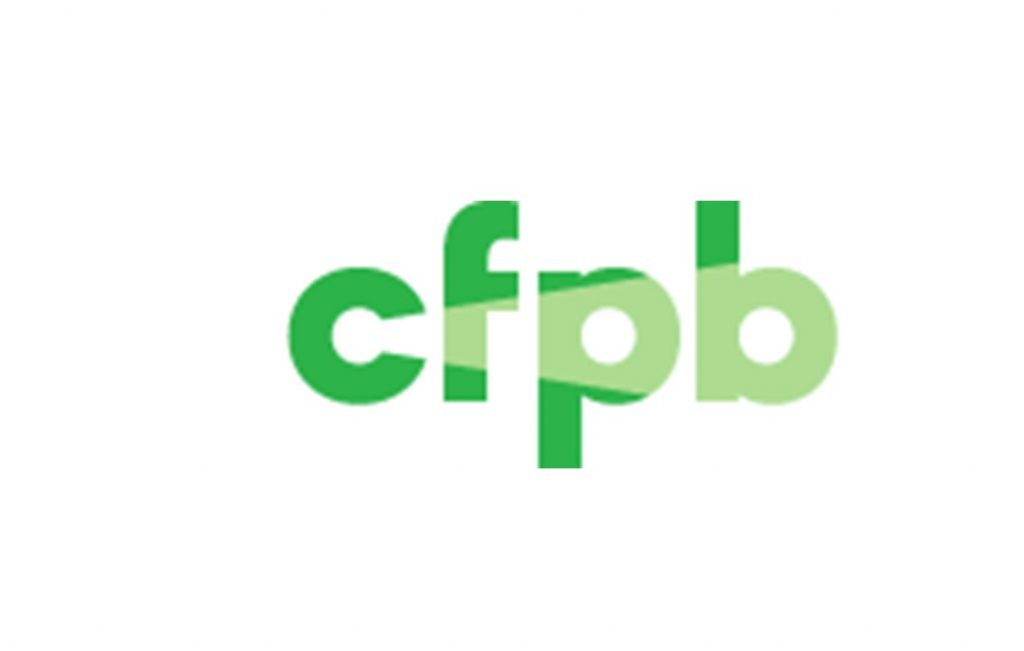
| Entities | |
| Topics and Issues |
In August 2022, the CFPB issued a blog (Martin Kleinbard and Amy Zirkle) and a report on Buy Now, Pay Later (BNPL). The, The Convergence of Payments and Commerce: Implications for Consumers, highlights three types of payment technologies that are under scrutiny: (1) “Super apps”; (2) BNPL payment plans; and (3) “Embedded Commerce.”
The report, in general
The blog notes that while “[f]amilies, businesses, and the economy benefit when payments are fast and frictionless, and these emerging payment systems do make the user experience more “seamless” by integrating commerce and financial services[,] they also have the capacity to harvest user behavioral data to enhance their value propositions.” The blog discusses “the rise of super apps in markets outside the United States. For example, Alipay and WeChat Pay have become fixtures of daily life in China, supporting ecommerce, payments, other financial services, and chat functions. The resulting deep integration and synergies often mask how data is used, shared, and leveraged.” The blog adds that “super apps, BNPL, and embedded commerce all allow for data to be kept within the confines of the tech platform and to deepen and secure consumer reliance on these products.”
The report continues the work the Bureau began when we issued our market monitoring orders to Big Tech companies and BNPL providers. These initiatives speak to our focus and commitment to consumer financial markets that work for all people. In the coming months, we plan to publish reports on the BNPL market and the implications of Big Tech’s movement into the payments space. Based in part on the findings that emerge in those reports, we will use our full range of tools to ensure that people are protected.
BNPL
As noted in a Strook blog,
the report also highlights the rising use of BNPL products. In the Report, the CFPB noted a shift in the revenue model of BNPL providers and the potential impact of this shift on consumer data, suggesting that there is a movement from providing financial products through merchant partners (‘BNPL 1.0’) to a ‘lead generation’ business model (defined by the CFPB as BNPL 2.0), in which the providers use their own apps to reach consumers and direct the consumers to preferred merchants. According to the report, BNPL providers’ ability to tailor recommendations to a consumer based on purchase history provides a significant competitive edge to an industry which already had a data monetization advantage over brick-and-mortar establishments.
CFPB: words that matter
With the CFPB, every word matters. Notice, for example, the use of the phrase “harvest user behavioral data” in the blog. This fits a theme where the Bureau has referred to CRAs that surveil consumers. Also, consider how the blog discusses “the rise of super apps” in China, for example. This plays into the hands of primarily the right, which is focused on “social credit scores,” which are often drafted broadly enough to include, regulate, or ban most analytics. In my humble opinion, the blog’s reference to data, from “super apps” and data from BNPL transactions which are then “kept within the confines of the tech platform” speaks to the Bureau’s largely unfair and unfounded criticisms of oligopolistic or monopolistic behavior by not just CRAs, but other companies as well.
CFPB action
The report ends by restating current and telegraphing future CFPB action
First, the CFPB intends to propose rules to implement the required rulemaking on personal financial data rights, pursuant to Section 1033 of the Consumer Financial Protection Act. This rulemaking effort will seek to give consumers greater control of their financial data, including their payments and transaction data.
Second, the CFPB is assessing new models of lending integrated with payments and ecommerce, such as BNPL. The Bureau expects to issue a report of findings from its BNPL market monitoring orders and will determine whether regulatory interventions are appropriate.
Finally, the CFPB is carefully focused on the shift toward real-time payments in the United States. In particular, the Bureau is seeking to mitigate the potential consequences of large technology firms moving into this space. In addition to studying the experiences of other jurisdictions, the agency is evaluating ways to protect consumers and reduce fraud losses incurred by consumers and market participants.